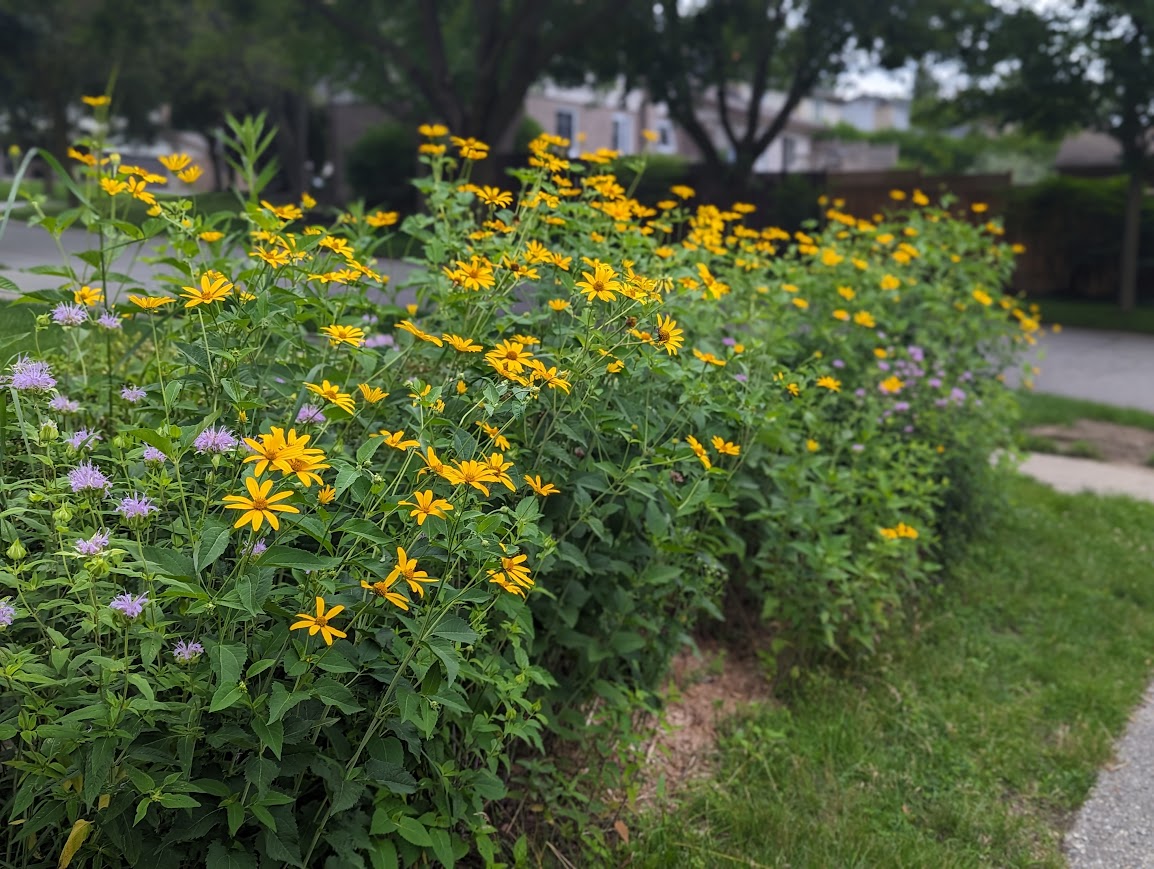
Published: 2023-05-20 Author: Mike Apostol
A Guide to Building a Pollinator Garden in Southwestern Ontario's Carolinian Zone
Hello, fellow garden enthusiasts! Today, we will dive into the beautiful world of pollinator gardens, specifically designed for the unique Carolinian Zone in Southwestern Ontario, which runs approximately from Grand Bend to Toronto.
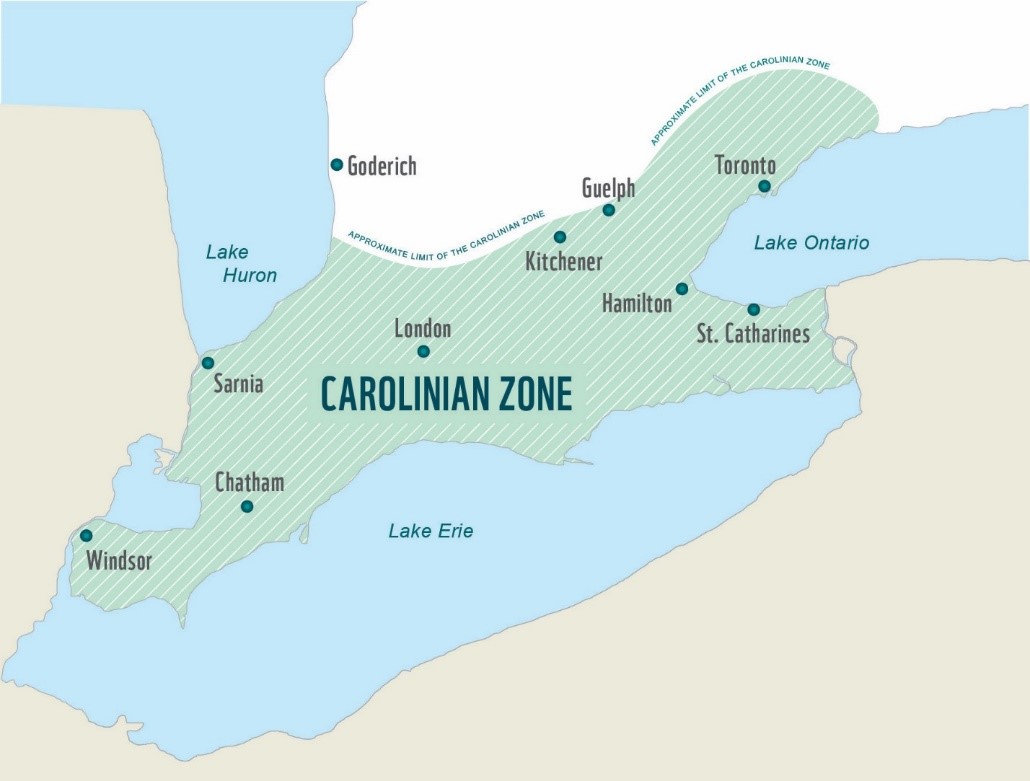
At LHSC, we have specifically established naturalized areas and ensure we include pollinator plant species in our gardens. By creating a pollinator-friendly space at home, you'll enjoy the beauty of native plants but also help support essential pollinators like bees, butterflies, and hummingbirds.
Let's get our gardening gloves on and start building your pollinator paradise!
WHAT IS A POLLINATOR GARDEN?
A pollinator garden is a thoughtfully designed green space that attracts and supports pollinators by providing food, shelter, and nesting sites. Using native plants is critical, as they have co-evolved with local pollinator species and offer the resources these creatures need to thrive.
Let's explore some of the top native plants to include in your Carolinian Zone pollinator garden.
NATIVE FLOWER AND GRASS SPECIES FOR THE CAROLINIAN ZONE
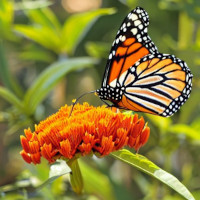 Wild Bergamot (Monarda fistulosa): This stunning perennial is a magnet for bees, butterflies, and hummingbirds. With its aromatic foliage and beautiful lavender flowers, wild bergamot will add a splash of color to your garden from mid to late summer.
Wild Bergamot (Monarda fistulosa): This stunning perennial is a magnet for bees, butterflies, and hummingbirds. With its aromatic foliage and beautiful lavender flowers, wild bergamot will add a splash of color to your garden from mid to late summer.- Butterfly Milkweed (Asclepias tuberosa): This vibrant orange flowering plant is a must-have for any pollinator garden. It's a host plant for the Monarch butterfly, providing an essential food source for their caterpillars. Plus, it's great for attracting other pollinators like bees and hummingbirds.
- Purple Coneflower (Echinacea purpurea): While this plant is designated by VASCAN as introduced to Ontario, it is considered a near native plant to many plant professionals in the nursery industry in Southern Ontario and native insects love it! Known for its medicinal properties, purple coneflower is a versatile and low-maintenance addition to any garden. Its bright, purple-pink flowers bloom from June to September and are a favorite of bees, butterflies, and even birds.
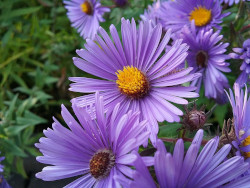 New England Aster (Symphyotrichum novae-angliae): These beautiful purple flowers, which bloom from late summer to early fall, are a favorite of many pollinators. New England asters provide a crucial late-season nectar source for bees and butterflies preparing for winter.
New England Aster (Symphyotrichum novae-angliae): These beautiful purple flowers, which bloom from late summer to early fall, are a favorite of many pollinators. New England asters provide a crucial late-season nectar source for bees and butterflies preparing for winter.- Switchgrass (Panicum virgatum): This hardy native grass species adds texture and movement to your garden while providing valuable nesting materials and cover for pollinators. It's also perfect for preventing soil erosion and improving water quality.
DESIGN TIPS FOR YOUR POLLINATOR GARDEN
- Plant in Clusters: Grouping plants of the same species together in clusters will make it easier for pollinators to locate and access their favorite flowers. Aim for a mix of flower shapes, sizes, and colors to cater to different pollinator preferences.
- Provide a Continuous Bloom: Select plants with different blooming periods to ensure that your garden provides nectar and pollen throughout the growing season. This will help support pollinator populations from spring through fall.
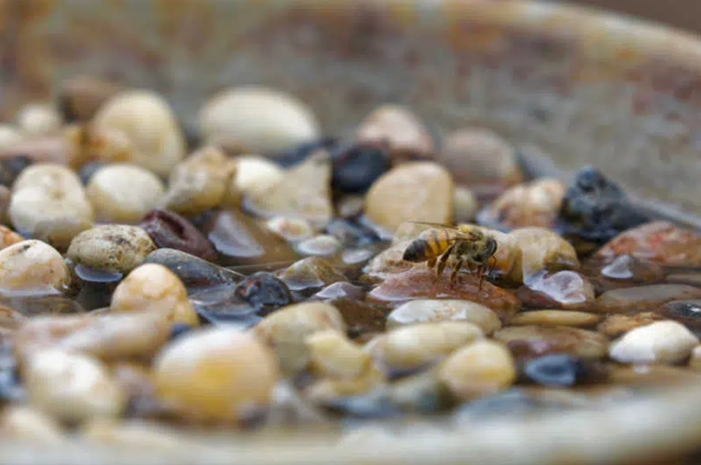 Limit Pesticides: Chemical pesticides can harm pollinators, so opt for organic gardening practices whenever possible. Encourage natural predators, like ladybugs and lacewings, to control pests in your garden.
Limit Pesticides: Chemical pesticides can harm pollinators, so opt for organic gardening practices whenever possible. Encourage natural predators, like ladybugs and lacewings, to control pests in your garden.- Offer Water and Shelter: A shallow dish with pebbles or marbles filled with water serves as a simple pollinator watering station. Provide shelter by leaving some areas of your garden undisturbed or incorporating native grasses, shrubs, and small trees.
- Embrace a Little Wildness: A perfectly manicured lawn might look tidy, but it doesn't offer much for pollinators. Allow some areas of your garden to grow a bit wild, giving pollinators the habitat they need to thrive.
Creating a pollinator garden at home is a fun and rewarding way to support the vital role that these fantastic creatures play in our ecosystem. By choosing native plants specific to the Carolinian Zone and following some of these design tips, you'll transform your garden into a pollinator paradise teeming with life.
ADDITIONAL RESOURCES
You can also find out lots more information about making your own pollinator garden at these two websites: In the Zone Gardens and Pollinator Pathways Project.
